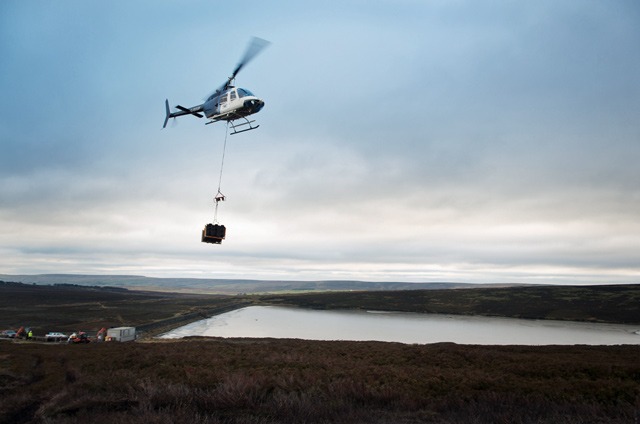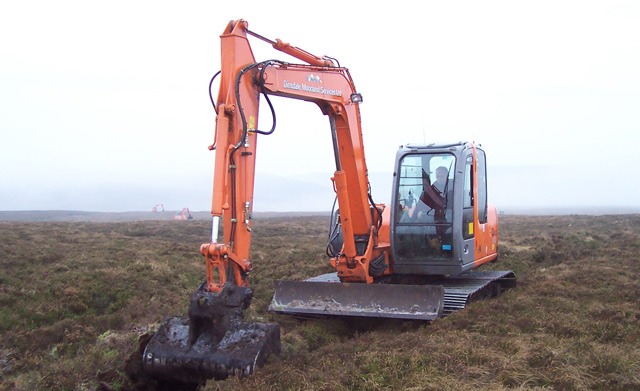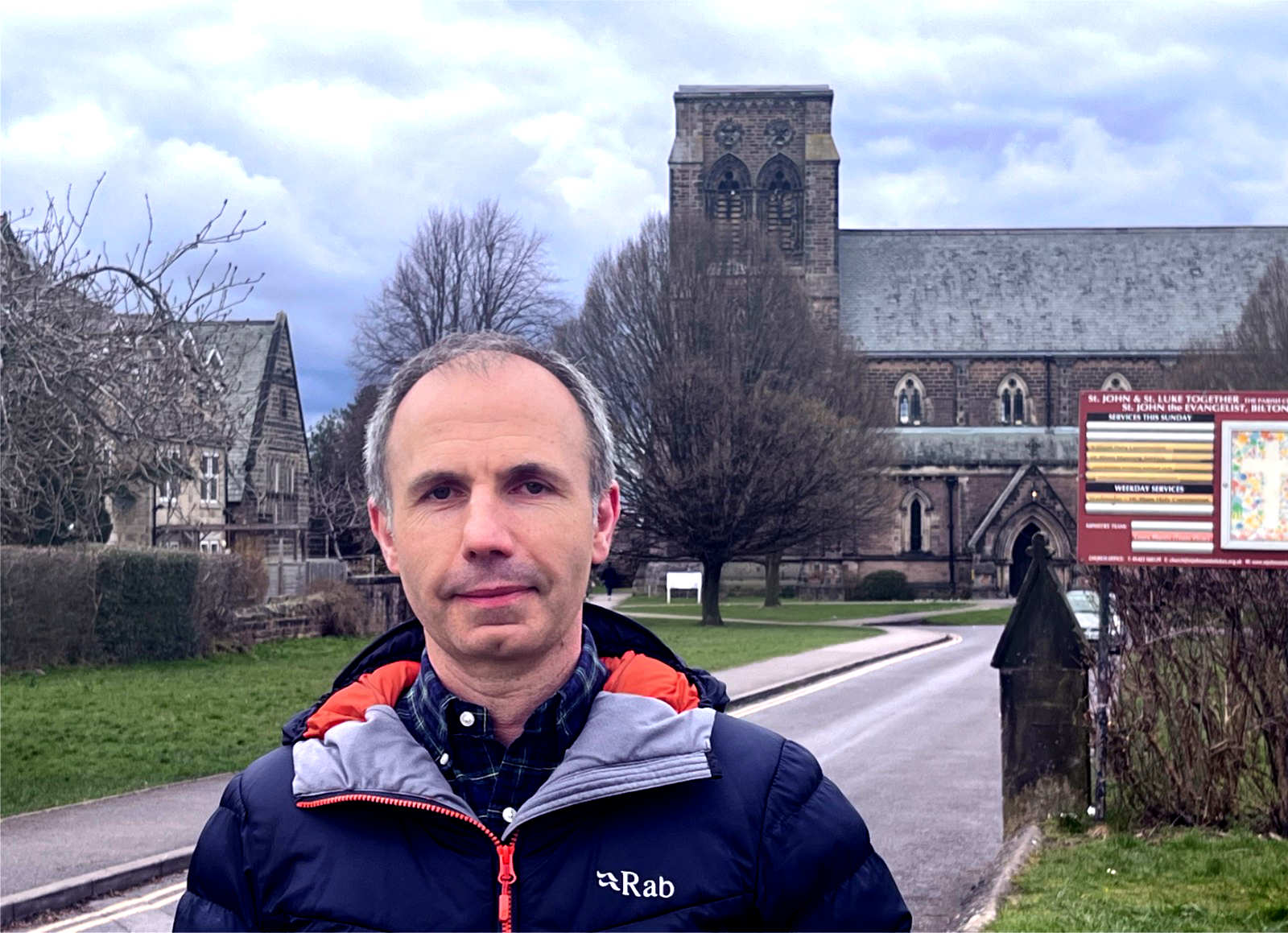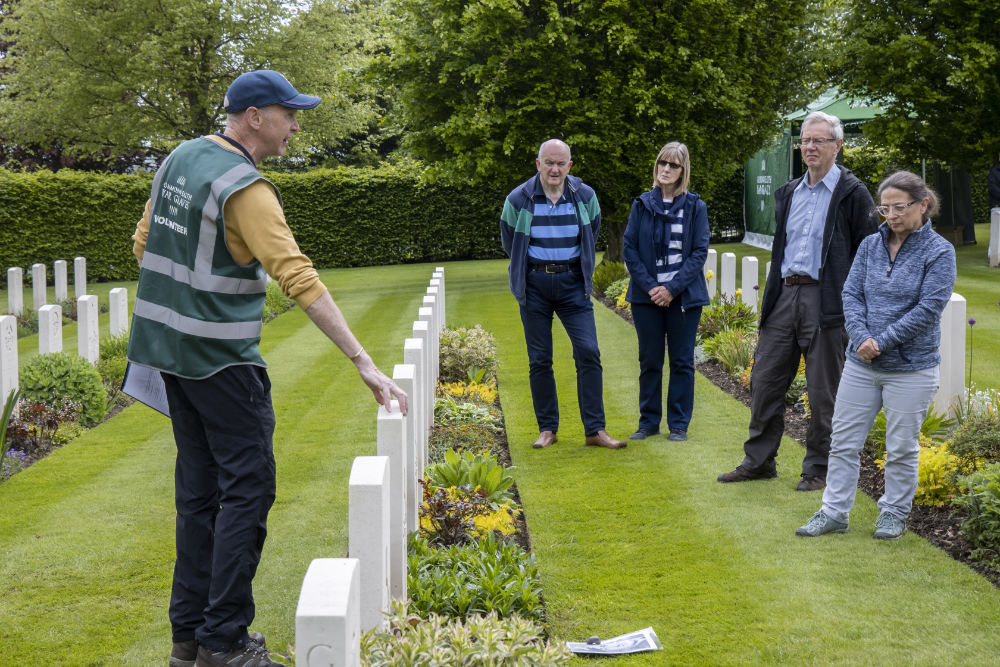A project to improve the quality of drinking water by restoring rare natural peatlands in Nidderdale starts this week.
Yorkshire Water is spending £1.2 million on stabilising and increasing water levels in the peatlands above Scar House and Angram reservoirs near Pateley Bridge – a process known as re-wetting – so that sediment isn’t washed into nearby drinking water reservoirs.

The project is part of a £9m county-wide investment in peatland areas to restore them to their former glory.
Peat washed down into the reservoirs causes the water to be discoloured, meaning that Yorkshire Water has to invest even more in treating the water to ensure it reaches national standards set by the independent regulator.
Andrew Walker, Yorkshire Water’s Catchment Manager said:
Centuries of change have led to Yorkshire’s peatland habitats being degraded and this is now causing us an issue with the colour of drinking water in these areas.
It’s far better for us to invest in restoring the peatlands – with all the extra habitat and carbon benefits that brings – rather than keep paying more and more money to treat the water.
It’s about treating the causes not the symptoms, and providing a better environment to boot and we’re grateful that we’ve found a forward-thinking land owner in the Middlesmoor Estate which wants to work with us to restore these rare peatland habitats.
We recognise that we have the opportunity to make a huge difference to some of Yorkshire’s most iconic landscapes by restoring them back to health, boosting local biodiversity and benefitting the thousands of visitors and user groups who currently derive enjoyment or income from them.
Our work will also have wider environmental benefits too, as we’ll be protecting and enhancing peatland which serve as some of the largest natural carbon reservoirs in the UK.
The restoration of over 1,000 hectares of land above Angram Reservoir will include grip-blocking – the blocking up of artificial drainage channels – and encouraging extra vegetation to grow by cutting heather from nearby moors, mixing it with lime and fertiliser to create mini ecosystems in which peat-forming vegetation will thrive.
Due to its remote location, helicopters will be used to transport heather cut from nearby moors on to the top of the peatlands where it will be spread by hand.
The project has a number of additional benefits, including protecting the embedded carbon that peatlands are known to contain. Research shows that for every £1 spent restoring peatlands £3 of public money is saved, and for every £1 not spent on restoring peatlands the tax payer has to foot a £5 bill.
Now considered rarer than rainforest, concern is growing around the condition of peatlands in the UK, with climate change experts forecasting it to become increasingly warm and dry over the next fifty years – the worst possible conditions for peatlands to thrive.
Dried up areas of peat across the UK are now reckoned to release the equivalent of 10 million tonnes of carbon dioxide every year – that’s roughly the same as the emissions from a million households.
Yorkshire Water’s restoration work will help to restore the water level of a number of peatlands. Keeping the moors wetter for longer should reduce colour loss and keep the peat where it belongs on the moors and not in local rivers and reservoirs.

The work is being managed in partnership with the Yorkshire Peat Partnership, which is affiliated to the Yorkshire Wildlife Trust, and the restoration work itself is being delivered by Conservefor, a peatland restoration specialist company, based near Settle in North Yorkshire.
For more information and a video about the project, visit www.yorkshirewater.com
You can monitor our progress by following us on Twitter @yorkshirewater






